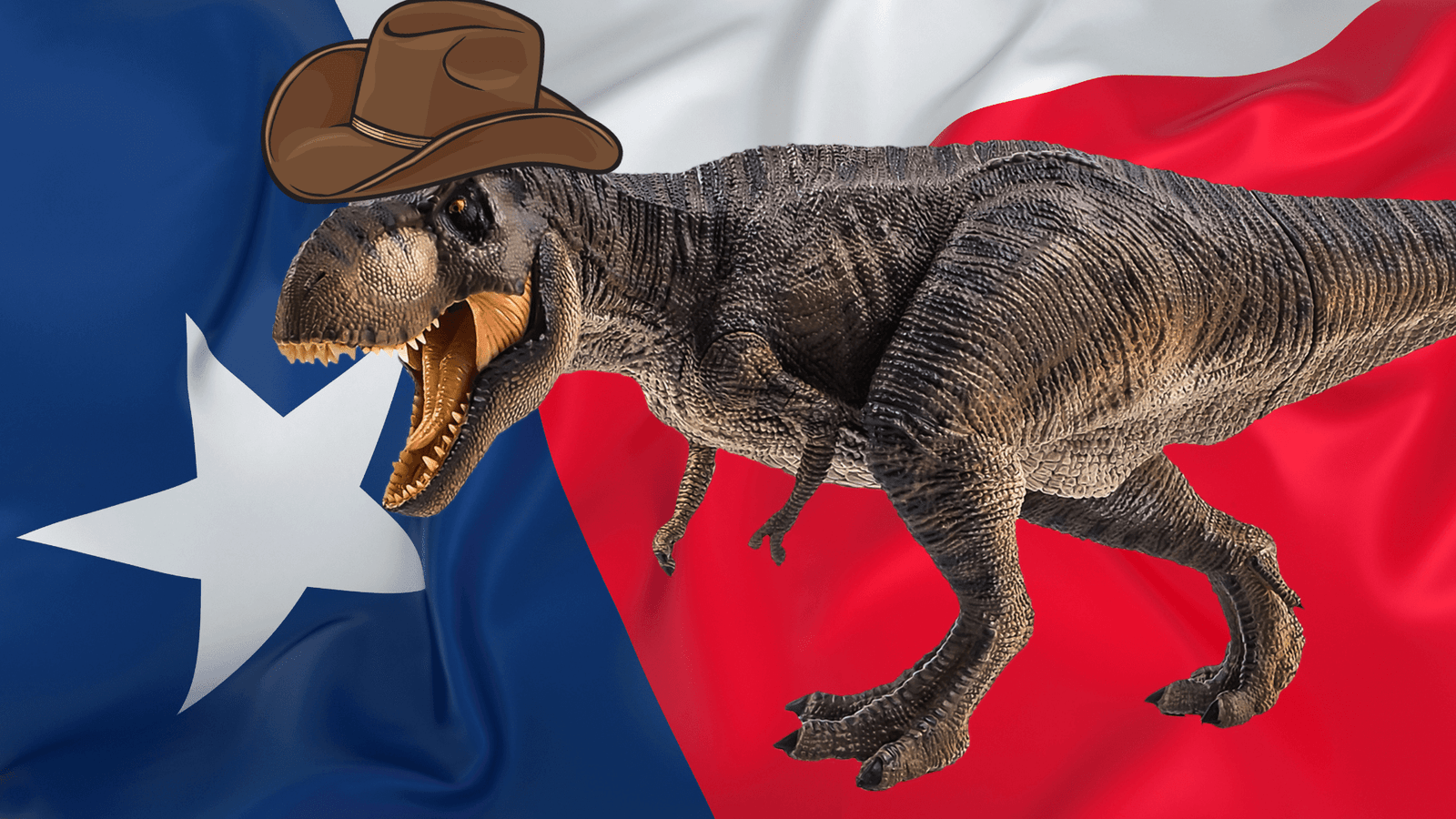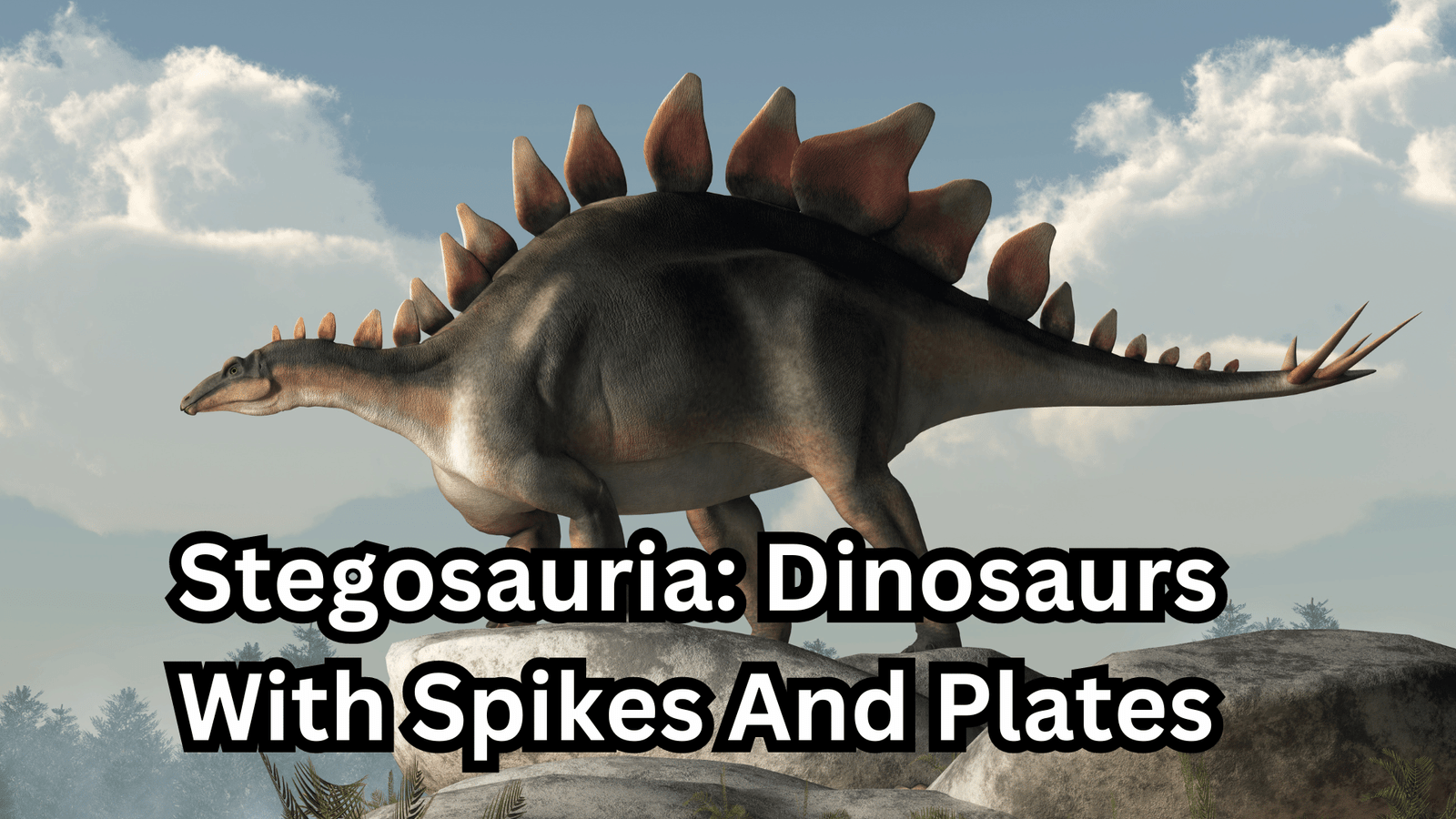Giant dragonflies are not a myth.
You’ve heard the legends. You’ve seen the paintings, carvings, and cave drawings. You know that dragons are real! Well get ready for another shocker—dragonflies exist too!
Meet Meganeura, the prehistoric dragonfly and top predator of the Carboniferous period, which ruled the swamps about 300 million years ago.
Meganeura, a giant prehistoric dragonfly, and ancestor of our modern dragonflies lived 300 million years ago.
But was it really big enough to hunt dinosaurs?
Back then, giant dragonflies roamed our planet along with dinosaurs and early humans. We don’t know much about giant dragonflies because they died out millions of years ago but scientists can tell us a few things based on fossils and existing species of dragonflies today.
The largest-ever was as big as a hawk
Are you scared of dragonflies? Don’t be. They’re tiny. If you see one, it might bite your finger, but only if it feels threatened and can’t fly away fast enough. Dragonflies are predators, but they don’t prey on humans.
If you lived 300 million years ago though, your dragonfly would be different. Picture the largest modern-day dragonfly in your mind: it has a wingspan of six inches. Now picture a 28-inch wingspan—think seagull or crow size—and that is how big prehistoric dragonflies were! In fact, scientists named them “griffinflies” for their griffin-like appearance (a griffin is a huge legendary creature with wings like an eagle).
Meganeura was a prehistoric predator
As terrifying as it was, this dragonfly was more than just a scary face.
Like modern-day dragonflies, these giant flying insects hunted smaller animals to eat them up whole. It could hunt fish and frogs, as well as other insects with its large mandibles.
But could they really hunt dinosaurs?
No, probably not.
Meganeura thrived 300 million years ago, while dinosaurs appeared about 250 million years ago.
If Meganeura was still around when the first dinosaurs appeared, it might be able to hunt babies of small dinosaur species, but it’s not very likely! It’s more likely that this giant dragonfly became the prey of dinosaurs themselves. Just like modern-day dragonflies get eaten by smaller animals like frogs and bees and even plants. Yes, some plants eat dragonflies. How embarrassing this must be. Imagine telling your kids that dad was eaten by a plant.
It had massive jaws that could snap up prey in a lightning-fast attack
Meganeura was a predator, and it had just the tools to take down prey. First, it had massive jaws that would snap up prey in a lightning-fast attack. Second, it had a long proboscis that could slice through the air, and presumably through any insect unlucky enough to be in its path. Third, its unique wing motion allowed for high cruising speed—up to 45 km/h (28 mph). And lastly, though not necessarily least importantly, it was big—with a wingspan of at least 70 cm (27 in)
The giant dragonfly could have hunted baby dinosaurs
You might expect the dragonfly to be a bit of a wimp, with its delicate wings and tiny body. But, maybe it was not so weak after all. In theory, Meganeura could have hunted baby dinosaurs. There are no fossils of this happening, but then again there are almost no fossils of baby dinosaurs at all – it is hard for anything small to fossilize so well.
Meganeura was one of the biggest insects that ever lived – its wingspan was up to 70cm (27 in) across – which puts it into a category where it could have eaten animals as big as some lizards or even small mammals!
He would have been one of the most frightening sights in his prehistoric world.
They were very much the T Rex of the insect world
While we don’t have any direct evidence of what Meganeura ate, we do know that it was a predator. Its jaws were long and powerful, just like the jaws of a dragonfly you might see today. The only difference is size: at 70 cm (27.5 in) across, Meganeura had some serious bite to match its bark.
But before we get ahead of ourselves, let’s take a moment to discuss Meganeura’s habitat. Like modern dragonflies, they lived near water–but there wasn’t much water on Earth at this time. Some scientists believe that giant insects lived and thrived in swamps filled with decaying plants and animals–the same swamps where dinosaurs roamed! These insects would have been formidable predators for small frogs or even young dinosaurs!
Fossil experts believe the giant insects were wiped out 300million years ago when a lack of oxygen killed off their food source.
Let’s set the scene: you’re an ancient dragonfly, hanging out in your local Carboniferous-era tropical rainforest. Do you know what you want? A delicious T. Rex salad with a side of baby pterosaur. The only thing standing between you and this delightful meal is that darn pesky 54 million years or so of time travel.
If only someone had told you: there was a brief window in history when being a giant dragonfly was actually possible—but unfortunately it closed right before the Triassic period, so no prehistoric T-Rex hunting for you.
Long story short:
- Your nightmare of getting eaten by an insect from millions of years ago is not a reality.
- With a wingspan up to 75 cm wide, Meganeura was bigger than a hawk or crow would be today!
- Paleontologists have theorized that griffinflies devoured everything from small amphibians to crickets and centipedes.
Similar Blog Posts
Oviraptor – Unraveling Laurasias Greatest Parents
... Read more
Dinosaurs of Texas
... Read more
Stegosauria: Dinosaurs With Spikes And Plates
... Read more




